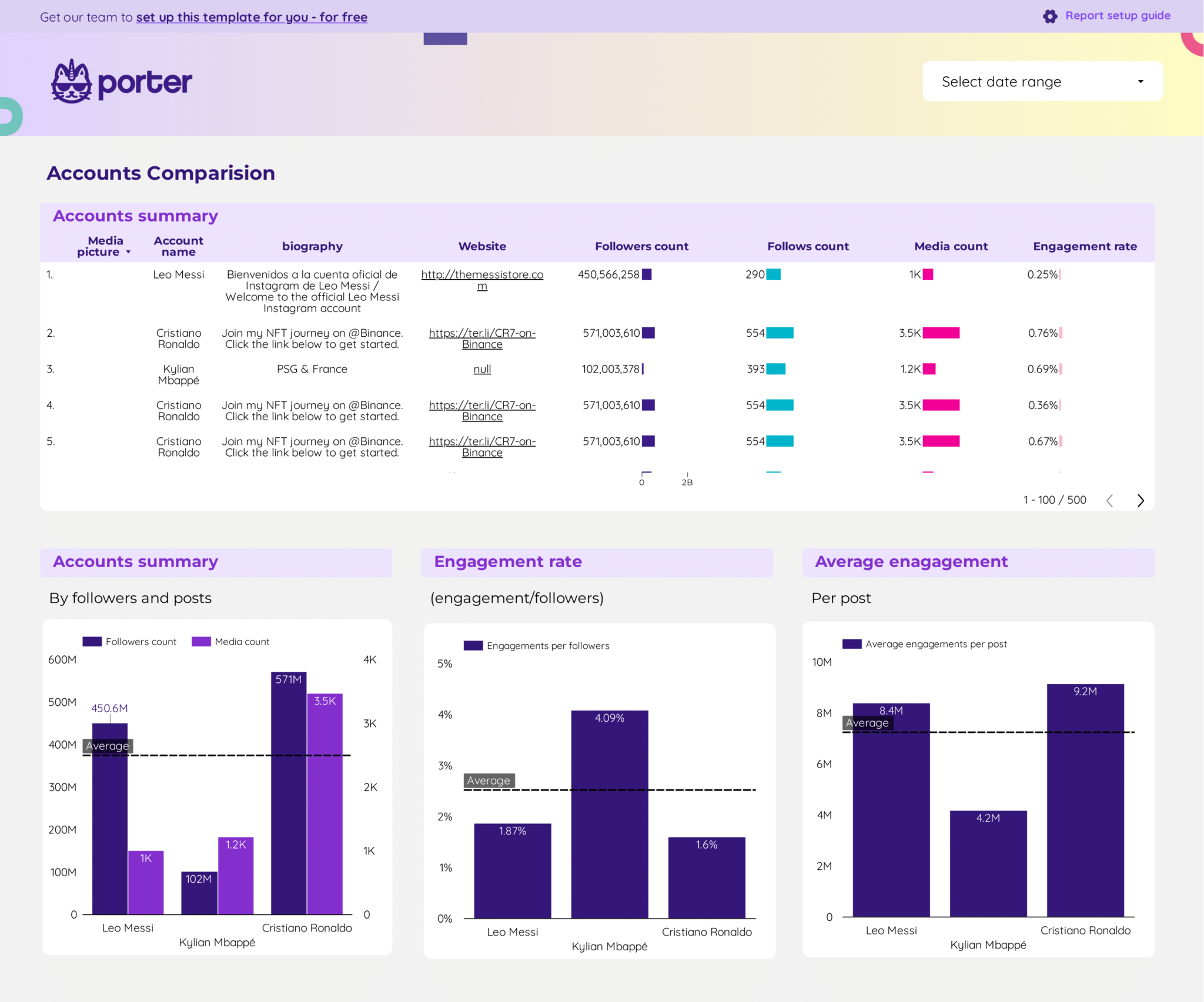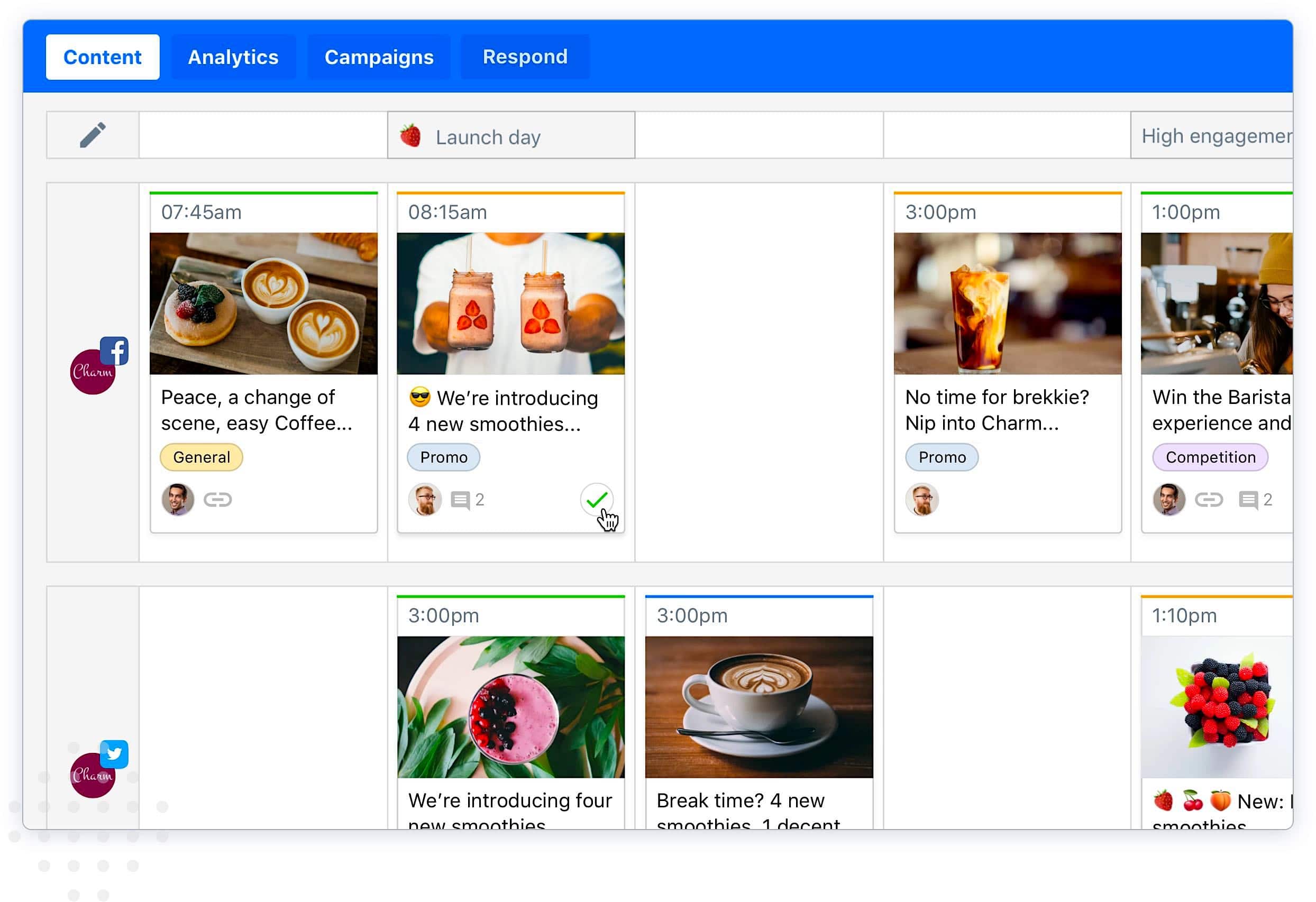
In today’s digital-first world, content is king. But in the age of information overload, standing out requires more than just quality—it demands collaboration. Enter collaborative content partnerships, a strategic approach where brands align to co-create content that resonates with their shared audiences while amplifying each other’s reach and credibility. This article explores how to build successful collaborative content partnerships with aligned brands, leveraging creativity, data, and mutual goals to drive engagement, trust, and long-term growth.
What Is Collaborative Content Partnerships and Why It Matters
Collaborative content partnerships involve two or more brands working together to produce content that serves both parties’ objectives. These collaborations can take many forms: co-branded blog posts, joint webinars, social media campaigns, video series, or even integrated product reviews. The key is alignment—both brands must share similar values, target audiences, and content goals to ensure authenticity and relevance.
Why does this matter? In an era where consumers are increasingly skeptical of traditional advertising, authentic storytelling is more valuable than ever. Collaborative content allows brands to tap into each other’s audiences, creating a sense of trust and community. According to a 2023 study by HubSpot, 74% of consumers prefer content from multiple sources over single-brand content, highlighting the growing demand for diverse and credible voices.
Moreover, these partnerships enable brands to leverage each other’s strengths. One brand may excel in video production, while another has a strong email marketing strategy. By combining forces, they create content that’s not only high-quality but also strategically distributed across multiple channels.
How Collaborative Content Partnerships Impact SEO Performance
Beyond audience engagement, collaborative content partnerships have a tangible impact on SEO performance. Here’s how:
- Increased Backlinks: When two reputable brands collaborate, it often results in backlinks from each other’s websites. Search engines view these as signals of authority, improving both sites’ rankings.
- Expanded Keyword Reach: Partnering with a brand that targets different keywords can help you tap into new search terms, broadening your content’s visibility.
- Enhanced Content Quality: Collaborations often lead to more in-depth, well-researched content, which tends to rank higher in search results.
- Improved User Experience (UX): High-quality, relevant content keeps users engaged longer, reducing bounce rates and signaling to search engines that your site provides value.
Additionally, collaborative content supports E-E-A-T (Experience, Expertise, Authoritativeness, Trustworthiness), a critical factor in Google’s ranking algorithm. When two trusted brands work together, it reinforces the credibility of the content, making it more likely to appear in featured snippets and top positions.
Step-by-Step Implementation Framework
Building successful collaborative content partnerships requires a structured approach. Here’s a step-by-step framework to guide you:
1. Define Clear Goals and Objectives
Start by identifying what you want to achieve through the partnership. Common goals include:
– Expanding brand awareness
– Increasing website traffic
– Generating leads
– Building long-term relationships
Use the SMART goal framework (Specific, Measurable, Achievable, Relevant, Time-bound) to set realistic expectations.
2. Identify the Right Partners
Not all brands are created equal. Look for partners whose:
– Audience overlaps with yours or complements it
– Brand values align with your own
– Have complementary strengths (e.g., one excels in video, the other in copywriting)
Tools like Google Analytics and SEMrush can help you analyze potential partners’ audiences and content performance.
3. Develop a Collaborative Content Strategy
Once you’ve selected a partner, work together to create a content plan. This includes:
– Brainstorming content ideas that resonate with both audiences
– Choosing content formats (blog posts, videos, podcasts, etc.)
– Creating a content calendar to manage timelines and deadlines
– Aligning the strategy with broader business goals (e.g., sales, customer retention)
4. Create Engaging and Valuable Content
Focus on storytelling and value delivery. Ensure the content addresses pain points, offers solutions, and reflects both brands’ voices authentically. Use SEO best practices like keyword research, meta tags, and internal linking to maximize visibility.
5. Promote Content Across Multiple Channels
Leverage the combined reach of both brands by promoting the content through:
– Social media platforms
– Email newsletters
– Paid advertising
– Guest blogging
– Webinars or live events
6. Measure and Analyze Performance
Track key metrics such as:
– Engagement (likes, shares, comments)
– Traffic (website visits, referral sources)
– Conversions (sign-ups, downloads, sales)
Use tools like Google Analytics, Hootsuite, or Brandwatch to monitor performance and refine future strategies.
Real or Hypothetical Case Study
Let’s look at a hypothetical example of a successful collaborative content partnership between a tech startup and a marketing agency.
Scenario: A SaaS company, TechNova, partners with a digital marketing firm, MarketMinds, to create a series of webinars on “The Future of Digital Marketing.”
Strategy:
– TechNova provides technical expertise on AI-driven tools.
– MarketMinds handles content creation, promotion, and audience engagement.
Results:
– The webinars attracted 10,000+ attendees.
– TechNova saw a 30% increase in trial sign-ups.
– MarketMinds gained 15% more clients from the campaign.
– Both brands saw a boost in organic traffic and backlinks.
This case study illustrates how collaborative content can drive measurable results when executed effectively.
Tools and Techniques for Collaborative Content Creation
To streamline the process, consider using the following tools:
- Google Docs / Zoho Writer: For real-time collaboration and version control.
- Slack / Microsoft Teams: For seamless communication and project management.
- Canva / Adobe Express: For designing visually appealing content.
- Grammarly / Hemingway Editor: For ensuring clarity and grammatical accuracy.
- Trello / Asana: For task management and workflow organization.
- HubSpot / Mailchimp: For promoting content via email and tracking engagement.
These tools not only make collaboration easier but also enhance productivity and consistency.
Future Trends and AI Implications
As AI continues to reshape the digital landscape, collaborative content partnerships will evolve in exciting ways. Here’s what to expect:
- AI-Generated Content: Tools like Jasper and Copy.ai will allow brands to co-create content faster, though human oversight will remain essential for authenticity.
- Personalized Collaboration: AI could help match brands based on audience behavior and content preferences, leading to more targeted and effective partnerships.
- Voice and Multimodal Search: As voice and visual search grow, collaborative content will need to be optimized for these formats, including video, audio, and interactive elements.
To stay ahead, brands should experiment with AI tools while maintaining a focus on human-centric storytelling and audience trust.
Key Takeaways
- Collaborative content partnerships are a powerful way to expand reach, build trust, and drive engagement.
- Success depends on clear goals, aligned values, and mutual respect between partners.
- These partnerships enhance SEO performance by increasing backlinks, expanding keyword reach, and improving content quality.
- Tools like Google Docs, Trello, and Canva can streamline the collaboration process.
- The future of content collaboration will be shaped by AI, personalization, and multimodal formats.
By embracing collaborative content partnerships, brands can unlock new opportunities, strengthen their market presence, and create content that truly resonates with their audiences.
Meta Title: Collaborative Content Partnerships — Co-creates pieces with aligned brands
Meta Description: Learn how to build successful collaborative content partnerships with aligned brands, driving engagement, trust, and SEO success.
SEO Tags (5): collaborative content, content partnerships, brand collaboration, SEO content, content marketing
Internal Link Suggestions:
– [Parameter #19: Optimized Title Tag]
– [Parameter #22: Strong Introduction]
– [Parameter #88: Engagement Channels]
External Source Suggestions:
– https://www.hubspot.com/
– https://www.semrush.com/
– https://www.google.com/docs/









